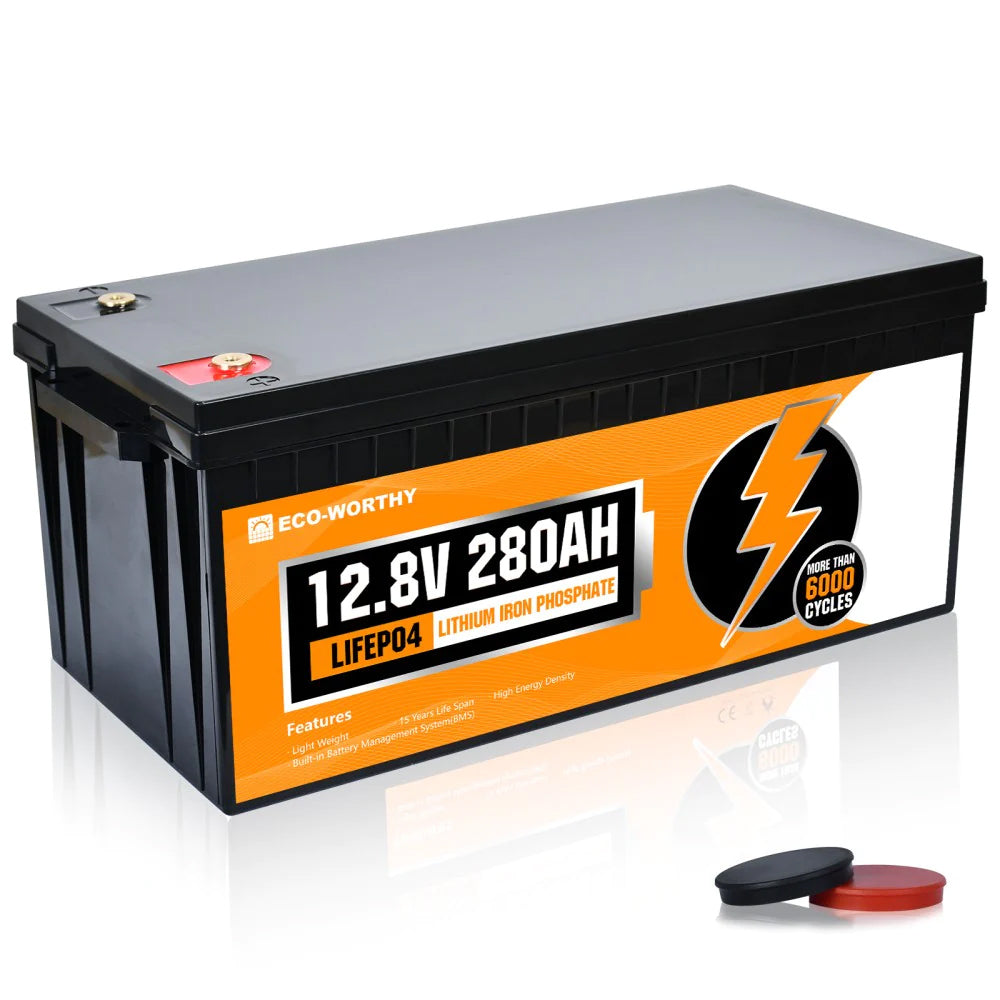The lithium-ion battery has revolutionised the way we store and use energy. Since their inception in the 1970s, these batteries have undergone significant advancements, leading to their widespread adoption in various sectors. This article delves into the evolution of lithium-ion batteries, highlighting their key features, applications, and future potential.

Understanding the Lithium-Ion Battery
A lithium-ion battery is a type of rechargeable battery that relies on the movement of lithium ions between the anode and cathode. But what makes these batteries so appealing? Their high energy density, low self-discharge rate, and lightweight nature contribute to their popularity in consumer electronics, electric vehicles, and renewable energy systems.
Key Components of Lithium-Ion Batteries
- Anode: Typically made from graphite, the anode stores lithium ions during charging.
- Cathode: Often composed of lithium metal oxides, the cathode releases lithium ions during discharge.
- Electrolyte: This medium allows the movement of ions between the anode and cathode, facilitating the battery's operation.
- Separator: A porous membrane that prevents short circuits while allowing ion flow.
Applications of Lithium-Ion Batteries
The versatility of the lithium-ion battery has led to its integration into numerous applications:
- Consumer Electronics: Devices such as smartphones, laptops, and tablets heavily rely on lithium-ion batteries for their portability and efficiency.
- Electric Vehicles (EVs): The automotive industry has embraced lithium-ion technology, enabling longer ranges and faster charging times.
- Renewable Energy Storage: Lithium-ion batteries play a crucial role in storing energy generated from solar and wind sources, making them essential for sustainable energy solutions.
- Medical Devices: Many portable medical devices utilise lithium-ion batteries for their reliability and compact size.
The Future of Lithium-Ion Batteries
As technology progresses, the future of the lithium-ion battery appears promising. Researchers are exploring ways to enhance battery life, reduce charging times, and improve safety. Innovations such as solid-state batteries and alternative materials may further optimise performance and sustainability.
Challenges and Considerations
Despite their advantages, lithium-ion batteries face challenges, including:
- Resource Scarcity: The extraction of lithium and other materials raises environmental concerns.
- Safety Risks: Overcharging or physical damage can lead to thermal runaway, posing safety hazards.
- Recycling Issues: Efficient recycling methods are still in development, which is crucial for sustainability.
Conclusion
In conclusion, the lithium-ion battery has significantly impacted modern technology, enabling advancements across various industries. As we continue to innovate and address the challenges associated with these batteries, their role in a sustainable future will undoubtedly grow. Understanding the evolution and applications of lithium-ion batteries is essential for appreciating their contribution to our daily lives and the global energy landscape.







